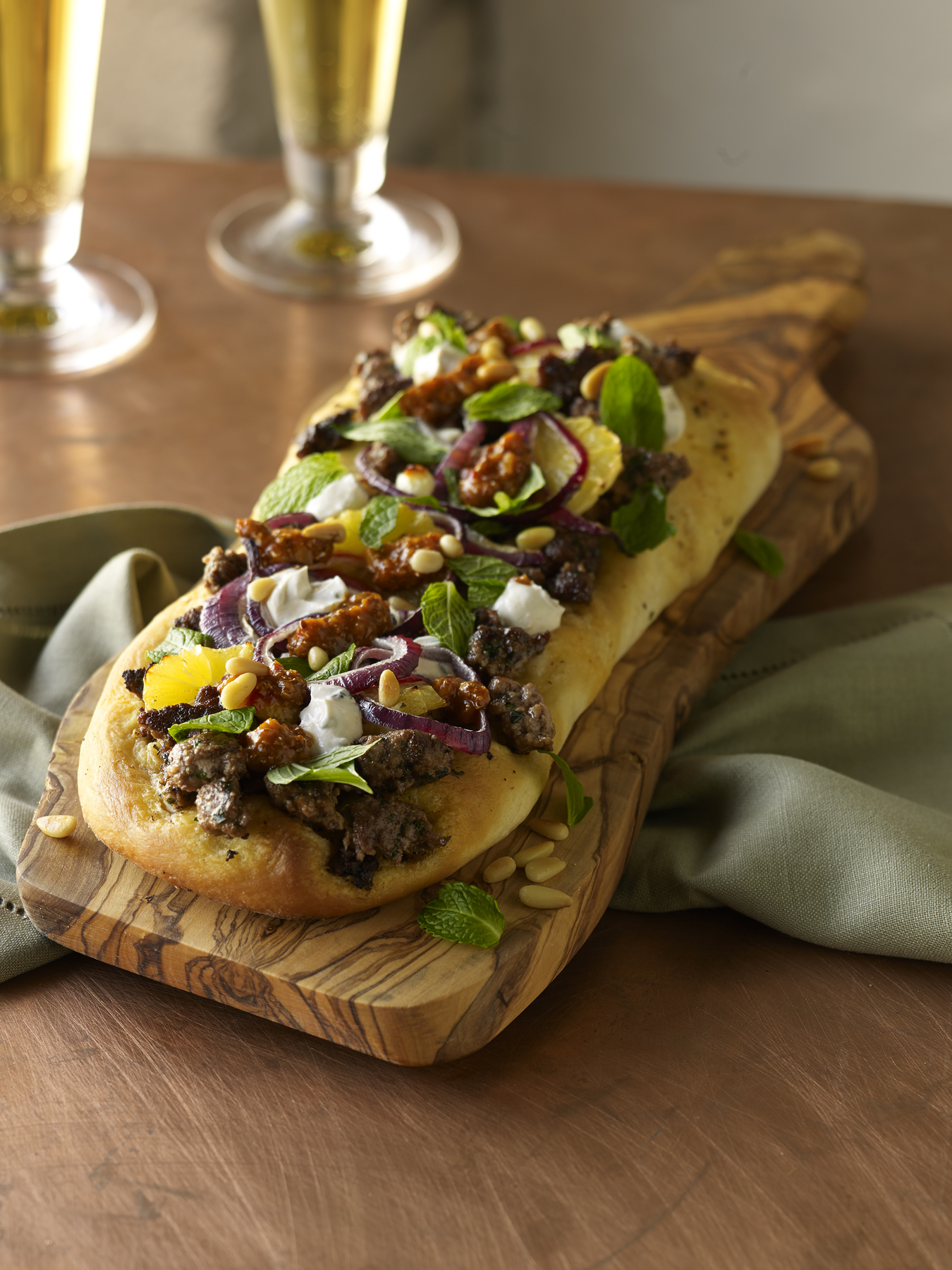 Across the country, and even as far away as London and Shanghai, pet-loving restaurant patrons are flocking to restaurants that have designated themselves as “dog friendly.” This is definitely a boon for man’s best friend, but what are the pros and cons of this for a restaurant manager?
Across the country, and even as far away as London and Shanghai, pet-loving restaurant patrons are flocking to restaurants that have designated themselves as “dog friendly.” This is definitely a boon for man’s best friend, but what are the pros and cons of this for a restaurant manager?
The Pros
Let’s look at the benefits to the restaurant. If your establishment is located in an area near a popular dog-walking site or dog play park, or even next to a pet supply store or dog groomers’, then you may find increased footfall if you open up your dining area —and your menu — to pets. For many devotees of animal companions, it feels cruel to leave pooches waiting in the car while humans have a meal. The demographic of pet owners is quite large — the 2011 US Census estimated that more than 35 percent of U.S. households own a dog, and most of those households have more than a dog.
But, if dogs are permitted inside your restaurant and are provided a choice of nutritious meals and snacks as well as a bowl of clean water, then your human customers are likely to feel more relaxed about their meal — and perhaps willing to stay longer and order dessert.
Dogs are famous for being loyal, and dog owners may inherit that trait when it comes to local businesses that welcome their treasured pets. If you can advertise your business as a dog-friendly environment using social media and word of mouth, extending your existing customer base into a network of dog owners should be easy.
Families with small children and dogs are likely to be especially happy about finding a relaxed and casual atmosphere they know will be enjoyable to all members of the household, so if your restaurant already specializes in family-style or child-oriented dining, welcoming dogs may be a logical compliment to the service you already provide your guests.
The Cons
Of course, for every pet lover that crosses your restaurant’s threshold, there’s going to be another member of the community who dislikes eating in a business that caters to animals. For some, the reason may be medical — people with severe allergies to canine dander may find that occupying the same space as a dog, or sitting near previously shed dog hair, will cause respiratory problems and even severe difficulty breathing. Though all businesses in the U.S. must allow service animals, like guide dogs for the visually impaired, it is true some of your customers may prefer not to sit near dogs.
Serving dogs as well as humans may lead to increased costs for cleaning carpets and upholstery, though that will depend on the decoration in your particular restaurant.
Creating a nutritious menu to serve your canine customers won’t be difficult — in fact, you may find the opportunity to tie offerings for pets with your established human dishes — but creating a space for your customers’ dogs to eat may be more problematic. Some owners may wish for their dogs to sit on the floor at their tables, while others may prefer that the dog be given its own bench or bed to lie on. Additionally, not all dogs are comfortable with eating in public, which may cause them to be anxious or irritable.
Safety is another factor that must be considered. If your restaurant allows canine customers, you will need to make sure your patrons understand control of their pets is their responsibility, especially in the event another patron’s dog becomes territorial, noisy or aggressive. This type of dining may work best in a restaurant’s outdoor space, where the dogs may feel less confined and more at ease. When dogs are not eating, you may consider asking patrons to muzzle their pets or keep them leashed.
At the end of the day, the decision to make your restaurant canine-friendly might be the right one for the community around your restaurant, but will take considerable planning.
About the Author: Ilia Mage has managed several restaurants over her career in the industry and is currently outfitting a new restaurant with Nisbets restaurant equipment while writing part time.







